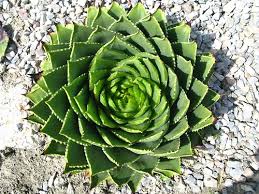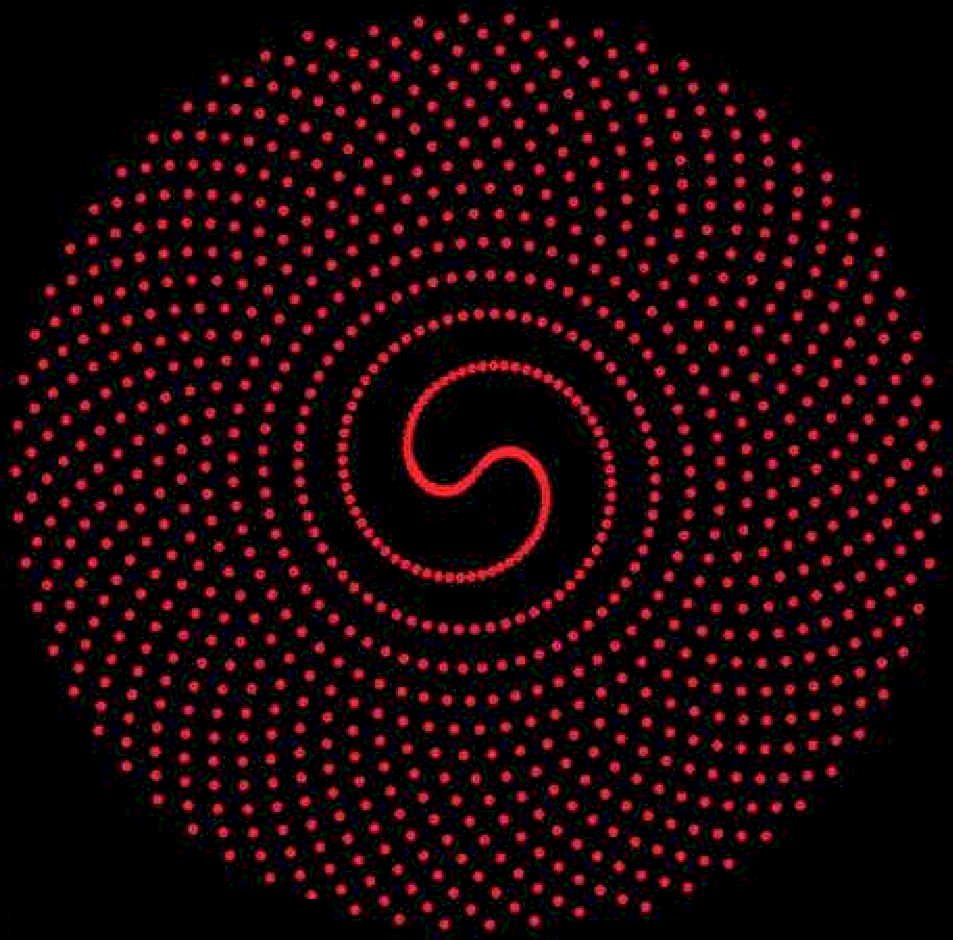Polyamorous for Polyamines
New micronutrients are being discovered all the time, and "good nutrition" is based on so much more than merely what is listed on a food label. Natto is rich in yet another micronutrient contributing to its “superfood” status; polyamines. Polyamines are organic compounds essential for cell growth. Their exact function is unknown, but new research links high levels of polyamines with anti-aging effects! Amazingly, polyamines can be absorbed directly from the food we eat (1), like natto.
Spermidine & spermine are well studied polyamines found in natto with many potential health benefits.
High concentrations of polyamines are found in soybeans. Polyamines are also increased by fermentation….hence natto, fermented soybeans, may be the perfect whole food for providing these nutrients.
Polyamines are thought to be anti-inflammatory compounds. One theory of aging holds that our body's response to chronic inflammation is what "ages" us. Thus, decreasing the amount of inflammation in the body may delay and minimize the aging effects of time. One molecule Tumor Necrosis Factor (TNF) which is increased in certain cancers, inflammatory bowel disease and other autoimmune conditions, is inhibited by two polyamines (spermine and spermidine) by inhibiting TNF from stimulated immune system cells (2). Therefore dietary polyamine intake may decrease inflammation in the body.
We don't like to use this term, but polyamines may have "anti-aging," properties by preserving organ health and function. For example, in one experimental study in which mice were fed a polyamine rich diet lived longer and had fewer markers of aging (hardening and thickening of the kidney tubules) than did mice who were polyamine deprived. In other words, polyamine intake seemed to delay the progression of aging (3).
Mary Badon, MD MBA, who co-authored this blog post.
References: (1) J Nutr Sci Vitaminol (Tokyo). 2009 Aug;55(4):361-6. Long-term oral polyamine intake increases blood polyamine concentrations. Soda K1, Kano Y, Sakuragi M, Takao K, Lefor A, Konishi F. 2. J Exp Med. 1997 May 19;185(10):1759-68. (2) Spermine inhibits proinflammatory cytokine synthesis in human mononuclear cells: a counterregulatory mechanism that restrains the immune response. Zhang M1, Caragine T, Wang H, Cohen PS, Botchkina G, Soda K, Bianchi M, Ulrich P, Cerami A, Sherry B, Tracey KJ. 3. Exp Gerontol. 2009 Nov;44(11):727-32. doi: 10.1016/j.exger.2009.08.013. Epub 2009 Sep 6. (3) Polyamine-rich food decreases age-associated pathology and mortality in aged mice. Soda K, Dobashi Y, Kano Y, Tsujinaka S, Konishi F. (4) Biosci Biotechnol Biochem. 1997 Sep;61(9):1582-4. Polyamine content of ordinary foodstuffs and various fermented foods. Okamoto A1, Sugi E, Koizumi Y, Yanagida F, Udaka S.










![Superimposing two reflected versions of Fermat's spiral (left) produces this beautiful and somehow familiar-feeling shape (right). [3]](https://images.squarespace-cdn.com/content/v1/54e0ac47e4b0541797890fbd/1440851110897-HOULPBNW9JNDMRB0LKZH/http%3A%2F%2Fmathworld.wolfram.com%2FFermatsSpiral.html)



